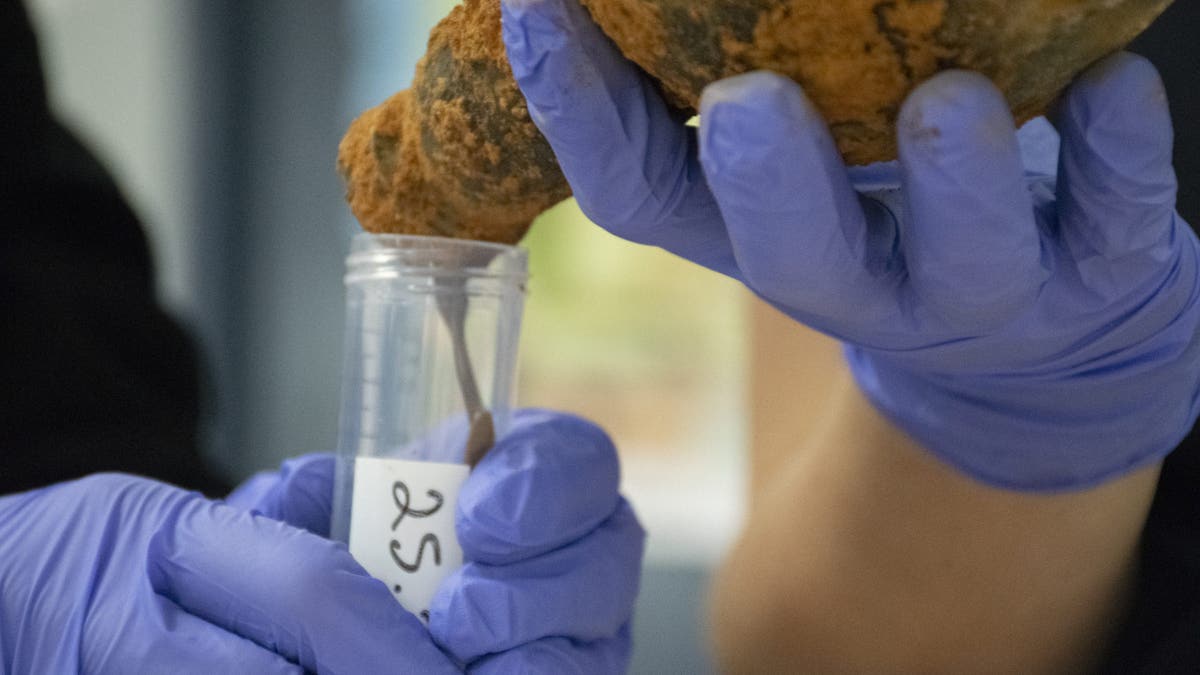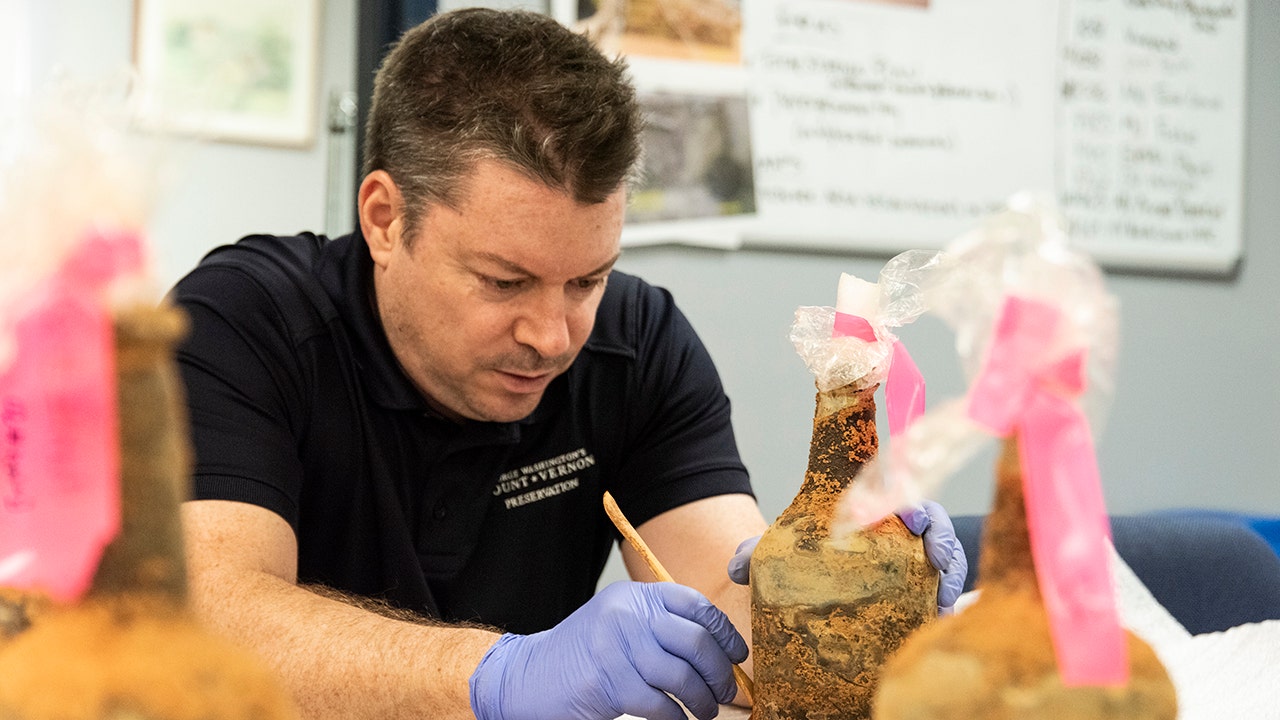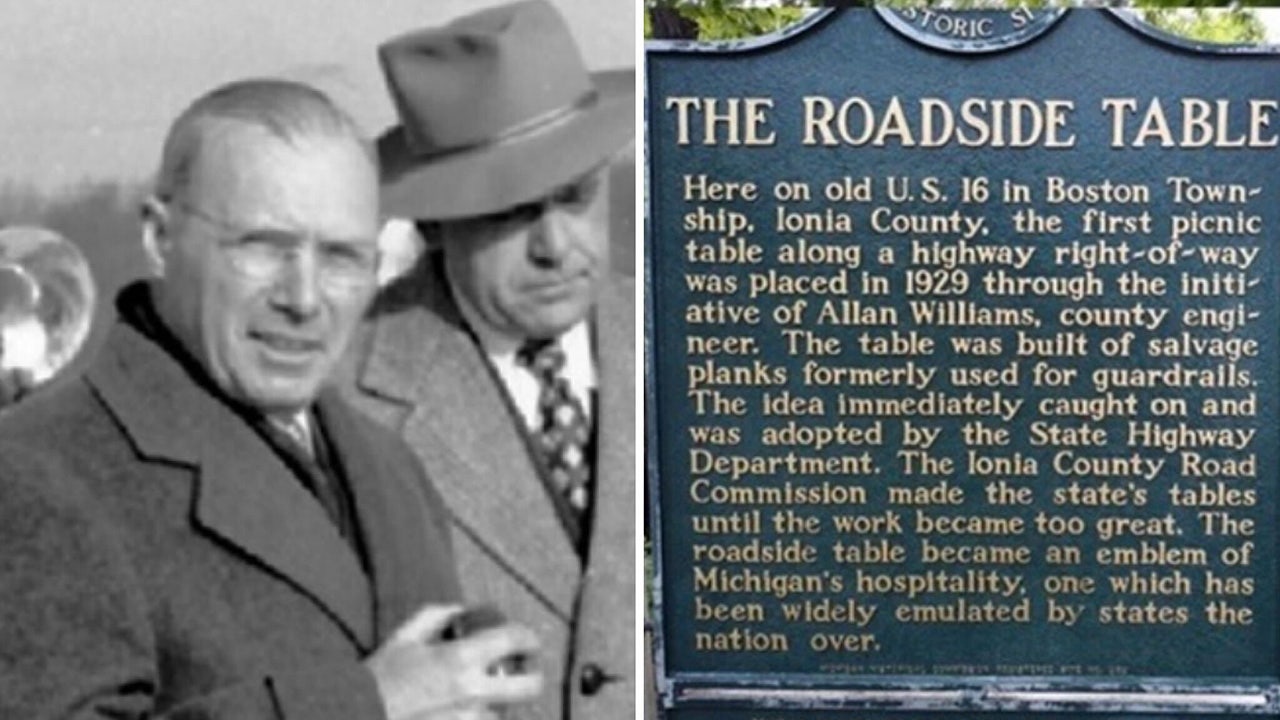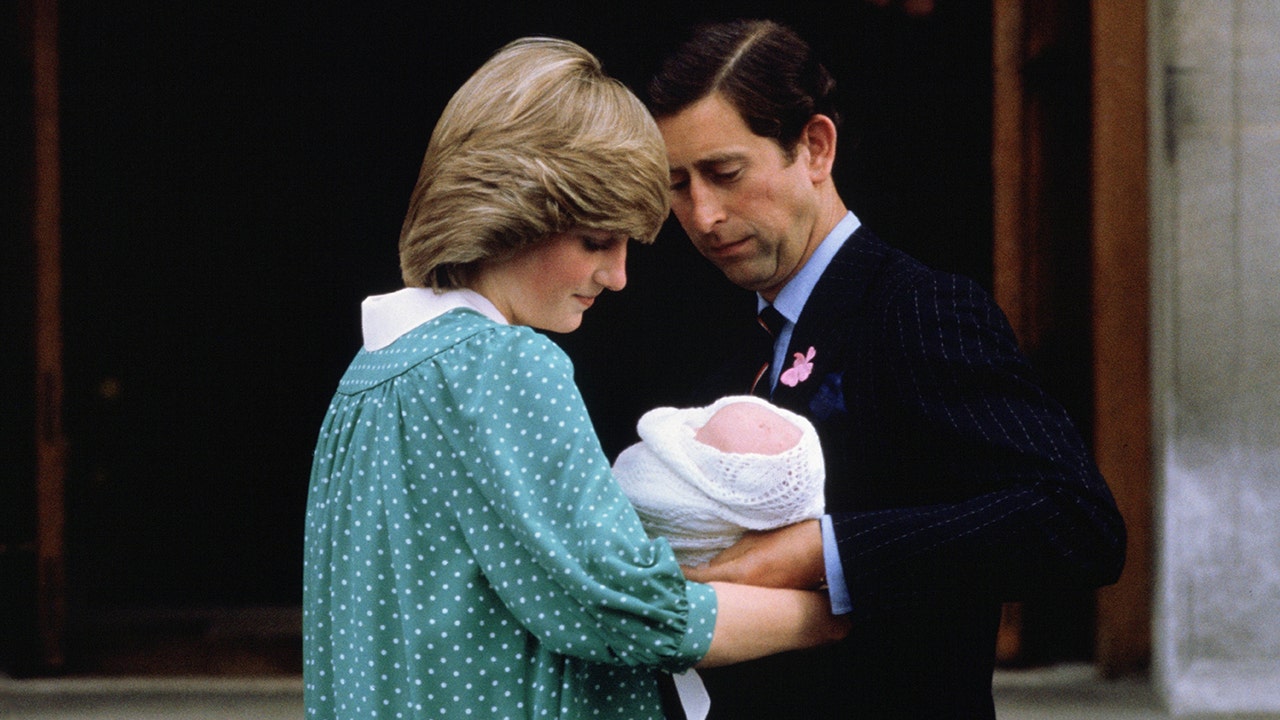Archaeologists at George Washington’s Mount Vernon have discovered dozens of glass jars filled with fruit preserves in the cellar of the historic Northern Virginia home that “likely haven’t seen the light of day since before the American Revolution.”
Twenty-nine of the 35 bottles remain intact, and all contain either cherries, gooseberries or currants, the home and museum of the first U.S. president revealed in a press release Friday.
“Never in our wildest dreams did we imagine this spectacular archaeological discovery,” Mount Vernon President & CEO Doug Bradburn said in a statement. “We were ecstatic last month to uncover two fully intact 18th-century bottles containing biological matter. Now we know those bottles were just the beginning of this blockbuster discovery.”
Bradburn called the discovery an “unprecedented” find, adding, “nothing of this scale and significance has ever been excavated in North America. We now possess a bounty of artifacts and matter to analyze that may provide a powerful glimpse into the origins of our nation, and we are crossing our fingers that the cherry pits discovered will be viable for future germination. It’s so appropriate that these bottles have been unearthed shortly before the 250th anniversary of the United States,” which will be in 2026.
TREASURE TROVE DATING BACK CENTURIES PULLED FROM SHIPWRECK 5,000 FEET UNDERWATER
The discovery comes two months after two bottles were found that contained a “mysterious” liquid, along with cherries and pits.
Experts believe that the bottles were originally filled with cherries. The glass bottles were placed in the ground between 1758 and 1776 to refrigerate food.
“For whatever reason, these were left behind, and they were in pristine condition, and that’s why this is such an extraordinary find, because you just don’t find 18th-century food remains, intact, outside of things like animal bones, which are pretty durable,” Mount Vernon principal archaeologist Jason Boroughs told FOX 5 DC at the time.
The newly-found bottles have all been extracted from the five storage pits where they were found in the home’s cellar and the preserves are under refrigeration at the home’s archeology lab where the artifacts will soon undergo scientific analysis in partnership with the U.S. Department of Agriculture’s Agricultural Research Service.
So far, 54 cherry pits and 23 stems have been identified, meaning the bottles were likely full of cherries when bottled.
CARVINGS ON ANCIENT STONE DISCOVERY LEAVE EXPERTS IN AWE

Once the bottles are dry, they will be sent off-site for conservation.
The archaeological finds come as the home undergoes a privately funded $40 million Mansion Revitalization Project at George Washington’s Mount Vernon.
Bardburn said the bottles “likely haven’t seen the light of day since before the American Revolution,” and were possibly forgotten about when Washington left his home to lead the Continental Army during the Revolution.

He continued, “This means the bottles are extremely fragile and require the utmost care. The Mount Vernon Ladies’ Association was America’s first historic preservation organization, so it’s only fitting that such a remarkable discovery was made here at Mount Vernon. We are fortunate to have top archaeologists and historic preservation experts on staff who know how to effectively manage, analyze, and care for this extraordinary discovery.”
In the 18th century, placing preserves underground was the best way of keeping them in the Virginia heat.
“One of the best ways to store these types of fruits and vegetables was underground,” Boroughs said after the first discovery. “So sometime after 1758, but before 1776, someone dug a pit… sort of a rectangular, about a foot deep, hole through one of the floors in the cellar, these bottles were set in, and then it was filled with a dense clay.”
After the second discovery he added, “These extraordinary discoveries continue to astonish us. These perfectly preserved fruits picked and prepared more than 250 years ago provide an incredibly rare opportunity to contribute to our knowledge of the 18th-century environment, plantation foodways, and the origins of American cuisine. The bottles and contents are a testament to the knowledge and skill of the enslaved people who managed the food preparations from tree to table, including Doll, the cook brought to Mount Vernon by Martha Washington in 1759 and charged with oversight of the estate’s kitchen.”
Washington moved to the home along the Potomac River after his marriage in 1759, and died there of a throat infraction in 1799 at 67 years old.
He served as president from 1789 until 1797, and is buried at the home.













